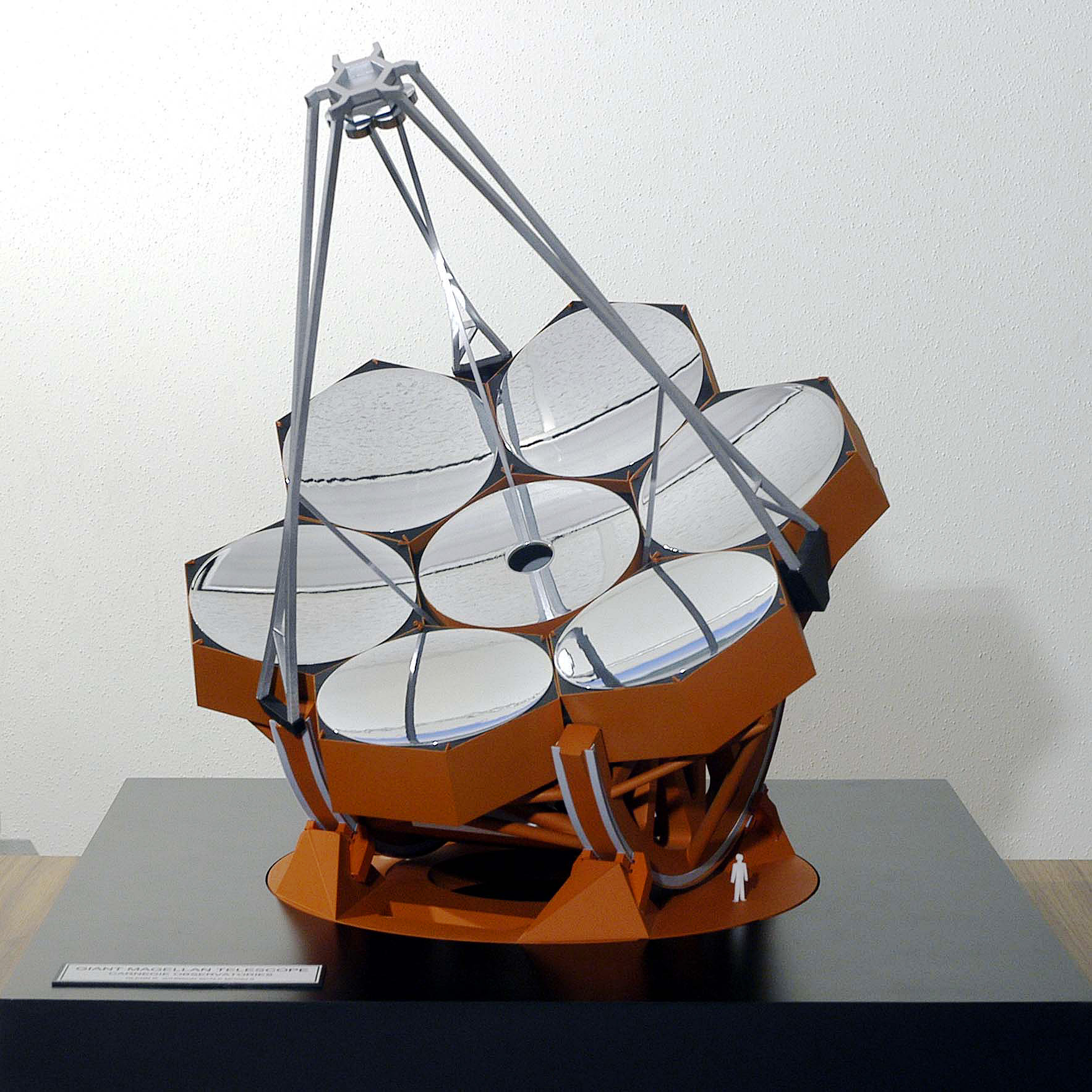Giant Magellan Telescope

The Giant Magellan Telescope (GMT), will be one of the most powerful telescope ever built by man. Bosting a 25 meter diameter primary mirror, it will use a Gregorian design to achieve an unmatched combination of field of view, light gathering power, and image quality. The primary mirror consists of seven circular, 8.4 meter segments, that are themselves each the largest mirrors ever built as one piece.


Planned to start operation in the 2030’s, GMT will operate over a vast wavelength range from the ultraviolet (300 nm wavelength) all the way to long-wave infrared (LWIR, 25 micron wavelength). GMT will open the window to investigate the cosmic origins of chemical elements and explore the phenomena of dark matter and dark energy. Additionally, GMT will employ coronagraph technology to detect extrasolar planets.
Below is an image of the exoplanet Beta Pictoris b, obtained using the Gemini Planet Imager, a coronagraph on the Gemini South telescope.
Image credit: Gemini/Christian Marois, NRC Canada
Tellus1 is currently playing significant roles in GMT. The Tellus1 team produced and maintains the error budget for high-contrast coronagraph-based imaging of exoplanets. The team also has a significant role in modeling and system engineering of the GMT’s laser truss metrology system (TMS). Finally, Tellus1’s Bijan Nemati is leading the development of GMT’s first instrument, the adaptive optics test camera (AOTC).


